Perri Cutten: A Timeless Legacy in Fashion
Remembering Perri Cutten: A trailblazing Australian fashion designer whose timeless elegance and...
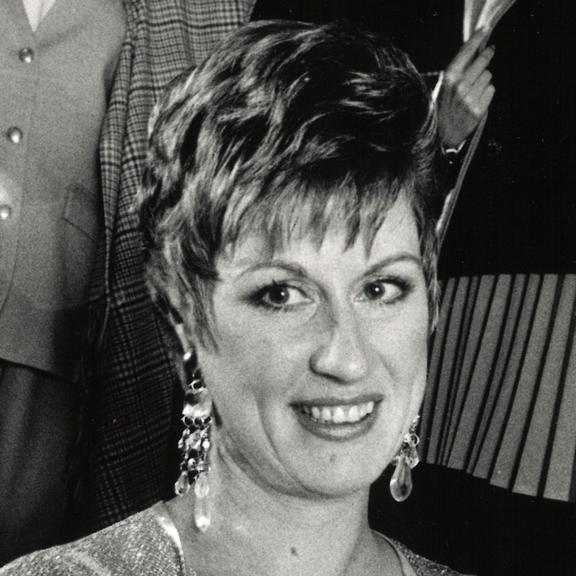
 Search...
Search...
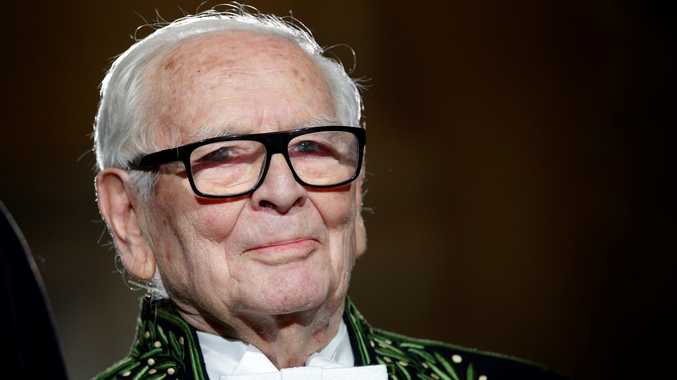
Pierre Cardin is the name that sparked a revolution of stiff suits inside Paris boutiques and models wearing space helmets, defining the iconic fashion of the 1960's. Cardin grew up believing he was destined for greatness, that his name would be on the cover of magazines, and his clothes would create a storm on fashion runways. Cardin worked until the last moments of his life, when he was 97 years old, and he became one of the most commercially successful French designers of all time.
Early life and inspirations
On the 2nd of July, 1922, Pietro Cardini was born, to father Alessandro Cardin and mother, Maria Montagner. He grew up in a wealthy family, his parents working as wine merchants, but the good times did not last long. The family's fortune fell under the impact of World War I. In order to escape from the blackshirts, the whole family had to relocate to France after several years in Venice. As Pierre grew older, his father wished for him to study architecture, but Cardin's heart had always belonged to dressmaking. When he was just 17 years old, he moved to Vichy to become a tailor at a menswear shop.
During World War II, young Cardin joined the Parisian fashion house of Paquin after a brief study of architecture in 1945. It was this opportunity that led him to work with Christian Bérard and Jean Cocteau. He created the Beast's velvet costume in the 1946 film La Belle et la Bête as a costume designer. Cardin combined creativity with his architectural knowledge to sculpt fabric with outstanding craftsmanship and indisputable technical ability. At this time, he also worked with Elsa Schiaparelli, the first female fashion designer to grace the cover of Time Magazine. Through his unremitting persistence and efforts, he eventually became the first 'tailleur atelier' to Christian Dior in 1947. Cardin also helped Christian Dior establish a new paradigm through a fashion revolution named the 'New Look'.
Cardin's journey of fashion design
Cardin honed his superb tailoring skills while working in Dior's coat and suit workroom. Taking what he had learned , he went on to establish his own fashion house in the 1950s, building his reputation as an expert men's suit maker. In 1953, after spending three years making theatrical costumes, Cardin launched his first women's collection, combining abstract silhouettes with sculptural cut-outs designs. In the following year, he founded Eve, his first fashion boutique for women. Among all the womenswear he designed, it was the 'bubble dress' that made him famous, and it was no ordinary dress. Unlike the mini-skirts that were popular in the 60s, the bubble dress design was loose-fitting, with ruffles at the waist and balloons at the thighs. This design was the first lightning bolt in Cardin's fashion storm, and soon after, his fashions were being worn by the powerful women of the Golden Age, including Eva Perón, Rita Hayworth, Jeanne Moreau, Mia Farrow and Jacqueline Kennedy.
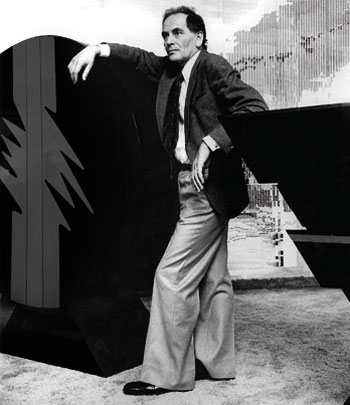
Meanwhile, he opened another men's fashion boutique in Paris, naming it Adam as a companion to Eve. Colourful ties and printed shirts were the main features of his distinctive designs. "Before me, no designer made clothes for men, only tailors did," he said in a 2009 interview with Agence France-Presse. Interestingly, although he sometimes modelled his clothes, he found his models in students studying at the University of Paris for his first men's collection. For both men and women, Cardin favoured freedom in designs as they moved with body rather than stiff, straight cuts and he believed that 'youth is supple; age is stiff.' He created the iconic collarless suits for the Beatles and dressed clients such as Gregory Peck, Rex Harrison and Mick Jagger. His designs gave men height, youth and vitality. Not surprisingly, the casual clothing style really struck a chord with people, and the designer's turnover for menswear skyrocketed to six times the amount of his Eve boutique to $26 million at that time.
Not only was Cardin well-known in France, but he also became one of the first European designers to explore Asian influences. He visited Japan in 1957, and later travelled to China. On his visit to China in 1978, he was a stunning sight, wearing a fashionably cut overcoat, walking among Chinese people in blue-grey Mao suits or homespun cotton-padded jackets. His arrival coincided with China's eagerness to connect with the world at the beginning of reform and opening-up policy. On the 19th of March, 1979, Pierre Cardin held China's first fashion show in the Palace of Ethnic Culture in Beijing as the first designer to bring international fashion to China. Cardin asked models to ride bicycles on the streets of China to show off his pieces, similar to performance art today. He described himself as the "Marco Polo" of the fashion world, coming to China to explore this magical land.
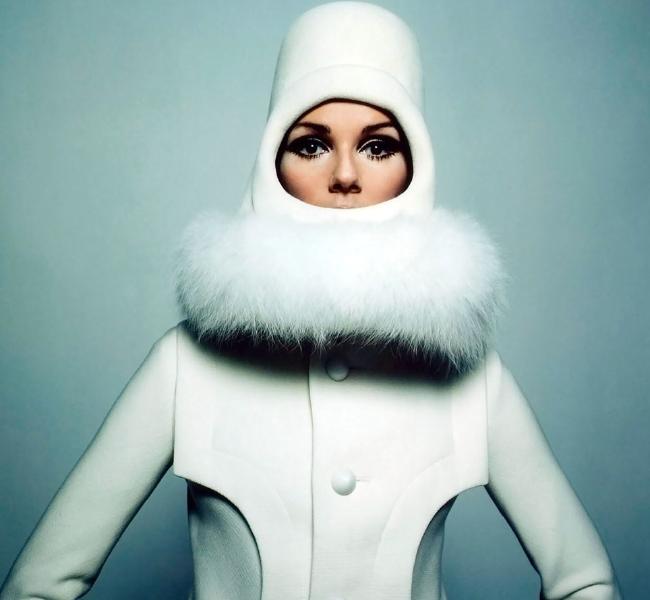
Pierre Cardin trained China's first batch of fashion models and held another fashion show at the Beijing hotel in October 1981. As with his first fashion runway in China, the second show was just as ground-breaking due to the use of all Chinese models. Cardin sourced models from all walks of life; some were textile workers, others were food vendors or university students. One young woman, Young Sun, still remembers the day when she was chosen as a model for the runway show. She was leaving Beijing Film Academy after studying when an unknown man asked her if she was willing to be a model. Before long, she joined Pierre Cardin's modelling cast, travelling to Paris to perform in 1985.
Space Age Design
Under the significant impact of the Cold War, the US and USSR's technological competition brought the Space Age into reality. Jane Pavitt described the 1950s and 1960s as "an age of technological utopianism which believed that science could shape the future in a better way." It affected technological development and inspired a wave of utopian imagination that deeply impacted the future of the fashion industry. Space-age aesthetics were transformed into a definite, wearable style inspired by the Cold War's historical impact.
In Pierre Cardin's design, clothing became a medium to represent his futuristic predictions. His Space Age dream came to life in the form of utilitarian body stockings and jumpsuits that cut a clean silhouette. The Space Age collection featured models dressed as astronauts on incoming spaceships as futuristic "avant-garde" armies. These futuristic collections maintained their shape by using moulded and hard fabrics, rather than hanging over the body. He also applied design elements such as bright colours, PVC gloss, and other synthetic materials. These design concepts created a lively modern colour palette and added more function to the clothes than ever before.
The end of a legend
Pierre Cardin passed away at the age of 98 in Neuilly, near Paris. He carved his way through the fashion industry as a supreme innovator. People will remember him for his futuristic designs and his legendary story as a fashion innovator.
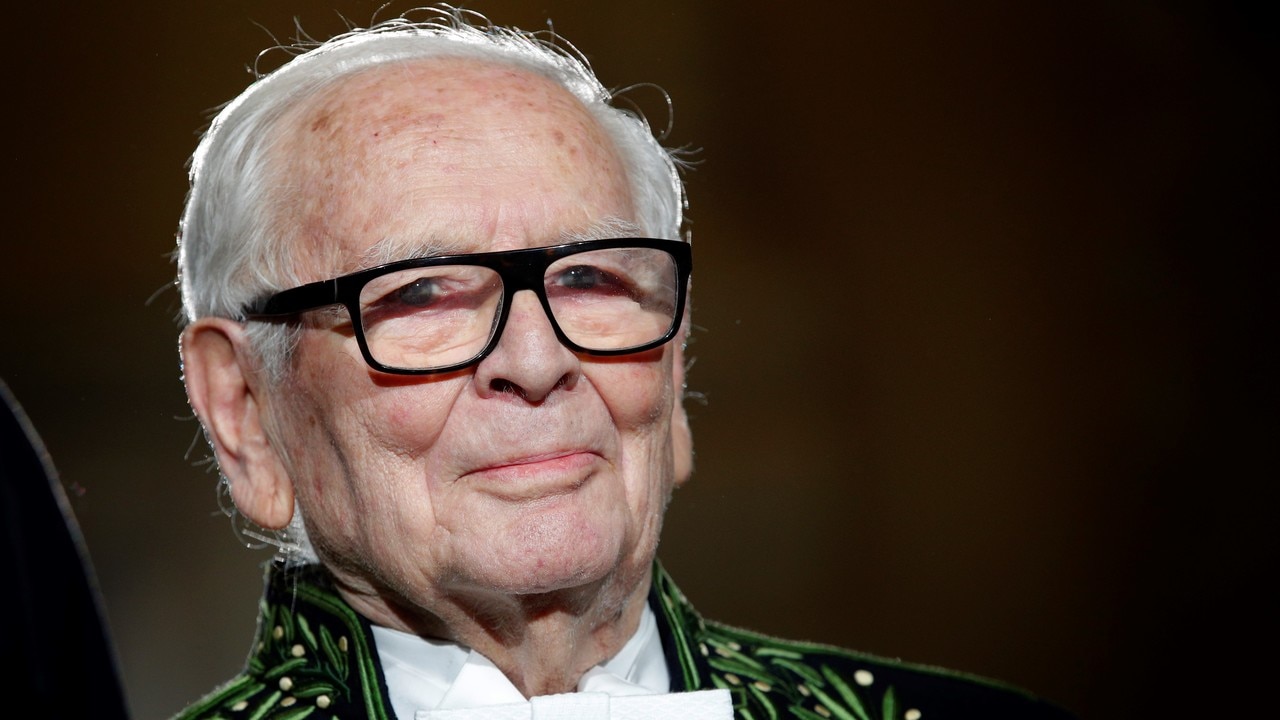
On the day he passed away, his family said: "We are all proud of his tenacious ambition and the daring he has shown throughout his life." Pierre Cardin not only clothed the elite, but also revolutionised fashion merchandising from ready-to-wear collections to bath towels. Bubble dresses, aviator jumpsuits and the spaceship uniforms are all reminders of the significant impact of a revolutionary. In museum exhibitions and as his clothes walk the street, his fashion revolution still remains to this day.
"The dress is a vase which the body follows. My clothes are like modules in which bodies move." - Pierre Cardin.
Rest in Peace, Pierre Cardin.
By Caitlin Duan
Sources: